Color Across Species
This is part of a series of articles about similar color genetics across species.
The study of genetics has revealed a remarkable correlation between mammalian species: Our genes. In fact, it is estimated, that humans share approximately 85% of protein-coding DNA with the common mouse. Because of this, mutations in a gene often have similar results regardless of species. This gives researchers a remarkable tool. If a disease causing mutation is already located in one species, it can give researchers a “place to look” in their quest to locate a similar disease causing mutations in another species. It is also useful in the study of Color Genetics. For example, KIT gene mutations are responsible for white spotting patterns in cats, dogs, horses, mice, cattle, and even humans. Mutations in extension are responsible for “redheads” in horses, dogs, mice, cattle, swine, and rabbits.
MC1R
MCR1, better known as Extension, plays a vital role in the production of pigment. It is generally designated with an E. It is the gene responsible for whether or not an animal produces black pigment. It can be thought of as a switch. When the “switch” is on the animal can produce black pigment (in the absence of other dilutions or modifiers) when the switch is off the animal will lack the ability to produce black pigment and will instead produce only yellow or red. This does not mean that if the switch is on the animal will be all black but that they have the ability to produce black pigment. This is true in horses, dogs, mice, cattle, swine, rabbits, and to a lesser extent in cats. In all the listed animals, the mutations that turns off black pigment production are recessive.

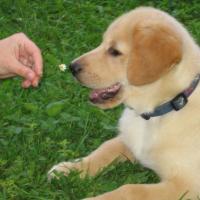
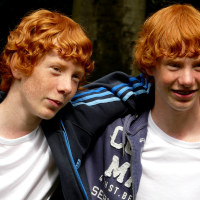
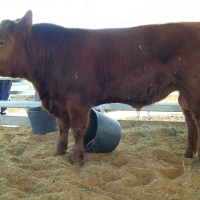
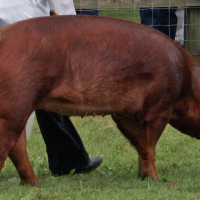
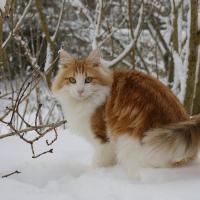
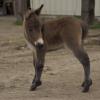
This is really interesting!
This is really interesting!